Categories Pastry Chef Articles
Six techniques for the most avant-garde ice cream making
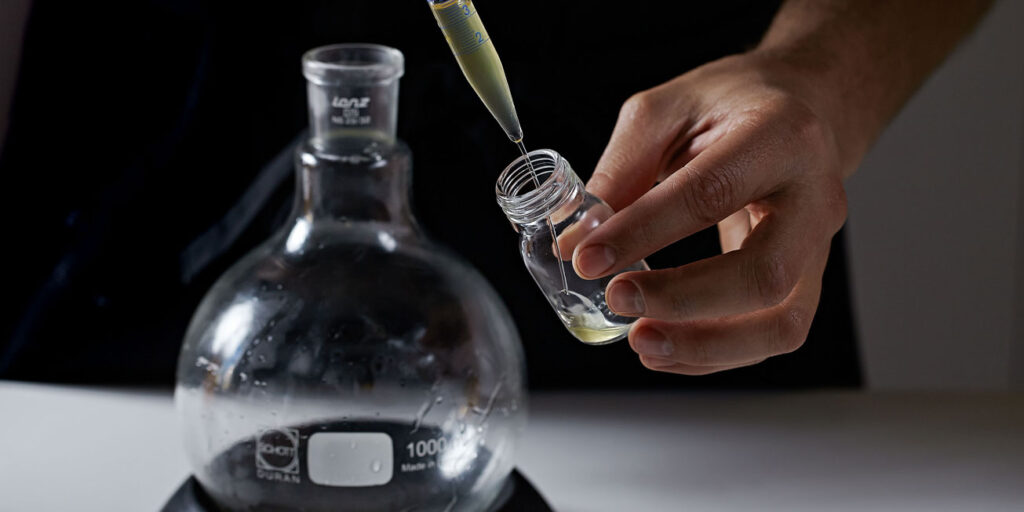
One of the main objectives of our new international ice cream magazine, so cool..magazine, is to show the most cutting-edge technical advances. And to fulfill this mission we have traveled halfway around the world to take an in-depth look at six techniques, and the professionals who are carrying them out.
The six techniques that we present come from very different fields and their impact on ice cream making is changing everything, from the fruit purees that are used as a starting point for ice cream, to the processes and, above all, the final result. Techniques that have come to stay and that improve everything: aromas, flavors, freshness, structure, and the tasting experience itself.
This selection exhibits more than ever the transversality of a product in vogue in all areas of gastronomy in addition to the ice cream making itself, from cooking to pastry.
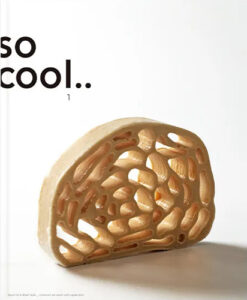
Discover So Cool..
Playing with milk. Luca Bernardini
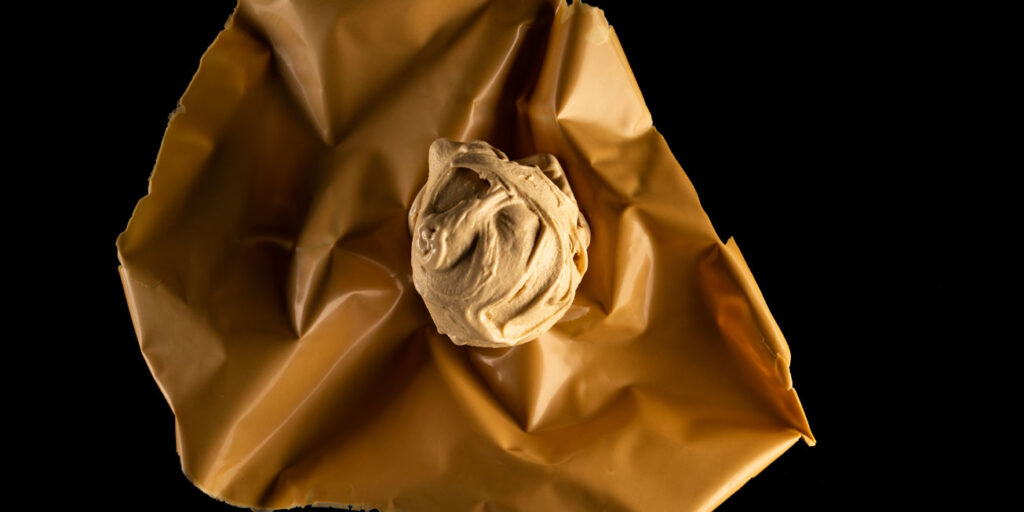
From Italy, Luca Bernardini has always believed that ice cream making requires study, skill, and dedication. Quite a declaration of intentions for the owner of Fuori dal Centro, in Tuscany, an ice cream parlor where the semifreddo is presented in the finest regalia. A frozen pastry in which technique is always present to achieve alternative flavors to the usual ones, such as toasted fior di latte.
Thus, in the Harenna ingot, Bernardini focuses on the Maillard reaction of milk and its derivatives, an idea that is combined with the caramelization of sugars. As he explains, “it is a recipe made from milk reconstituted from its components. Thus, the skimmed milk powder has been toasted, and the fat, that is to say the anhydrous butter, has been caramelized in a frying pan at 150ºC to achieve the hazelnut flavor. The result is a radically different toasted fior di latte ice cream.
The enzyme revolution. Albert Soler and David Gil
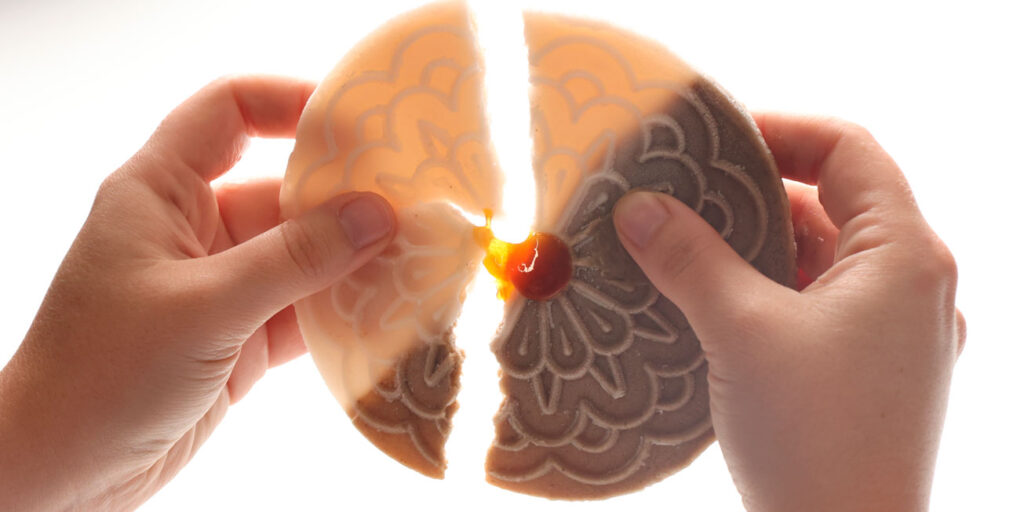
After more than a year and a half leading extensive field work, Albert Soler and David Gil present in the first issue of so cool..magazine the results of the applications of different enzymes in ice cream. Prior to making ice cream, the ingredient that provides flavor must be subjected to an enzymatic treatment, also called degradation. The applications of enzymes are multiple; some of the most interesting allow them to degrade fruits to obtain purées that are much purer, fresher, intense in color, flavor, and aroma. They open the door to incorporating more starch into ice cream to provide much more flavor and aroma of products rich in starch, such as pastries, rice, and tubers, for example.
In addition, enzymes can also be a great ally to be more sustainable with the ingredients used in the workshop, reusing fruit waste such as albedo and citrus peels in the production of pulps for sorbets, as well as in the transformation of banana peels to get toppings as sweet as banana peel honey, and more.
Capturing the soul of wine. Carlo Guerriero
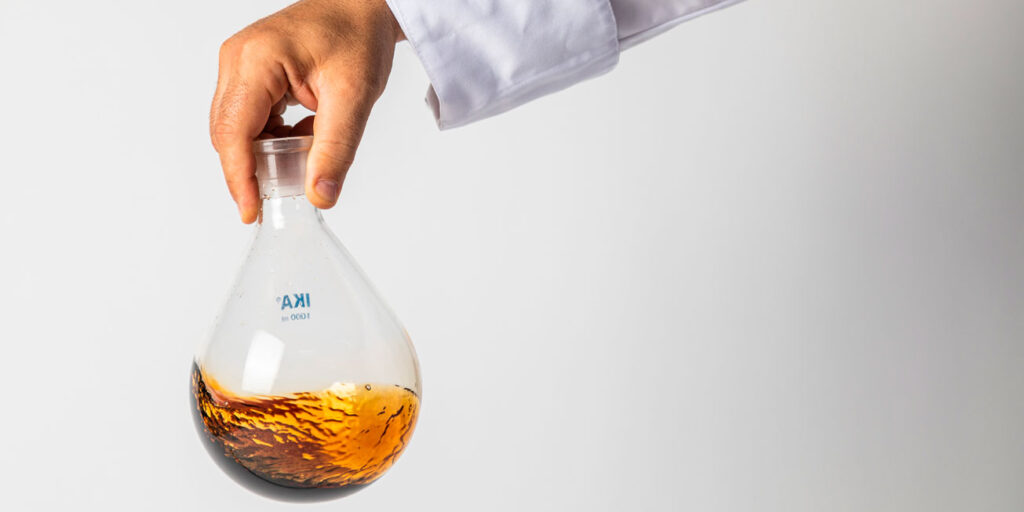
Few ice cream makers have gone as far in capturing the aromas of wines as Carlo Guerriero, from La Cremeria Gelato Italiano. And all thanks to a soul divided between two worlds as complementary as science and crafts: biomedicine and ice cream. Two worlds that coexist within a professional who is convinced that the formulation technique is still to be done, in the process of initiating and development.
There have been years in which “every day we work and investigate all the options and ways to optimize natural aromas and flavors and incorporate them into ice cream and be able to offer a unique experience,” he explains. A job that leads him to combine traditional ice cream techniques such as pasteurization with scientific techniques, through a machine called Rotavapor. Thus, he understood that if he worked part of the wine with the rotary evaporator, it would better preserve its primary and secondary aromas, while another part would be added during pasteurization to enhance the tertiary aromas. In this way, aromas from any of the three categories were not eliminated. Furthermore, as Matusalem is a wine with a longer aging than other Oloroso wines, with 30 years in barrels, the tertiary aromas influence the organoleptic characteristics even more. Hence, to activate this type of molecules, the fraction of the wine that was pasteurized in the Palo Cortado recipe increases. This long research process manages to capture all the aromatic complexity of the wine in an outstanding ice cream.
Jordi Roca’s perfume
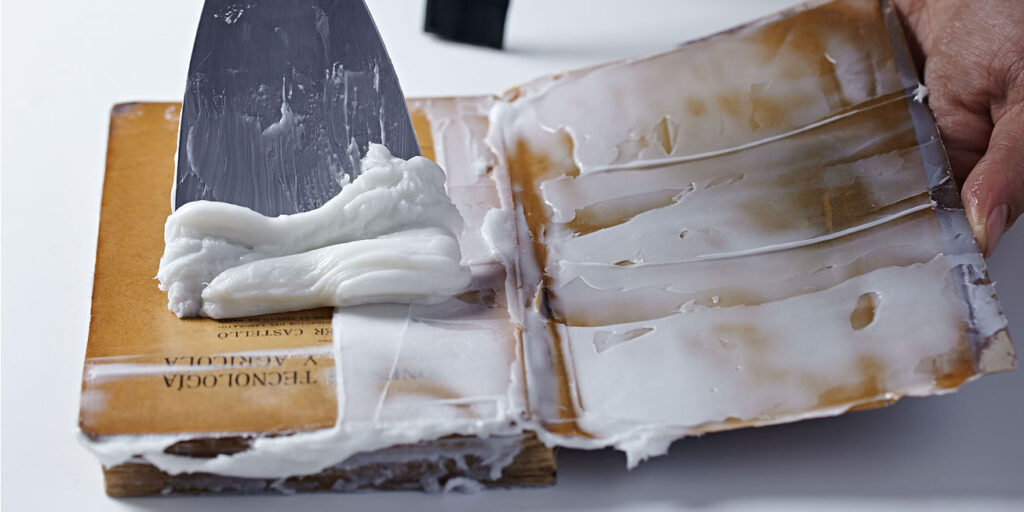
Desserts from El Celler de Can Roca such as the millefeuille and the Libro Viejo by Jordi Roca use a technique called enfleurage, which consists of obtaining the essential oil from fresh flowers thanks to the absorption power of a deodorized fatty material. It is a method that is respectful of the flower and its perfume, and is especially ideal for fragile flowers such as rose, jasmine, and violet, all emblematic flowers of Provence.
In this case, this method is used to extract the aroma of an old book as emblematic in the history of universal literature as “À la recherche du temps perdu”, by Marcel Proust. Using this technique, Rocambolesc launched an old book essence ice cream last year for the Sant Jordi festival, or World Book Day. Hence, madeleine ice cream is used, which alludes to the concept known as Proust’s madeleine (also Proust’s phenomenon or Proustian effect), in which a perception, especially a smell, brings up a memory. The name comes from the memory that the taste of a freshly baked madeleine dipped in tea provokes in the protagonist of “Du côté de chez Swann” (the first volume of the series “À la recherche du temps perdu”), written in 1913. The ice cream is accompanied by toppings such as a wafer that simulates pieces of edible written paper, and a crisp sheet of brick dough, as fine and thin as a page from a book.
The old book ice cream is one of the most gastronomic ice creams, with the most Rocambolesc technique and technology.
Ashes as topping. Carolina Barragán
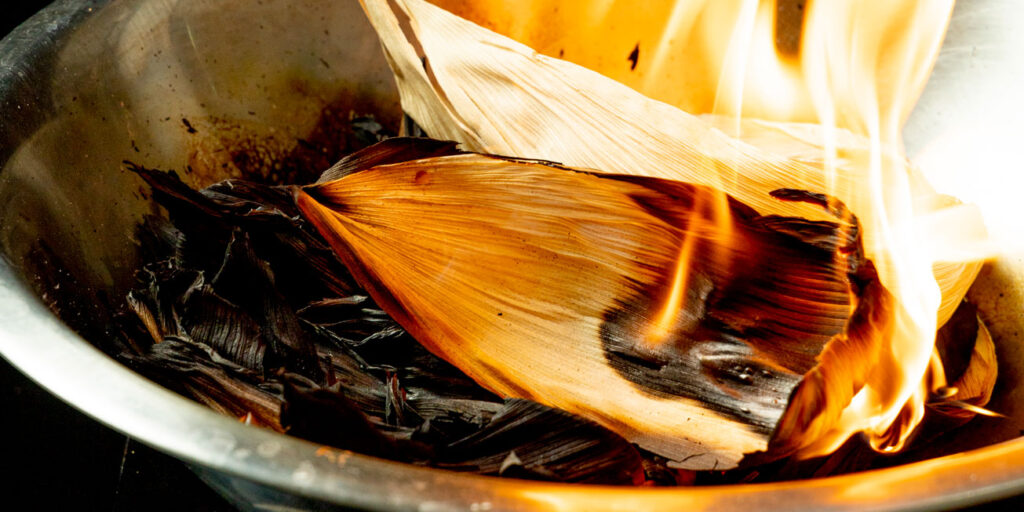
Mexico’s cuisine strongly beats within Caravellé’s display case, especially corn, one of the great protagonists of Mexican gastronomy. Carolina Barragán offers this product like nowhere else in the world, with up to five different proposals that are inspired by popular desserts and sweets, as well as the ashes of the Day of the Dead altars. Precisely these ashes star in this traditional technique, applied to ice cream. Thus, vanilla ice cream is accompanied with totomoxtle ash in the form of veins. The idea is that while you taste the vanilla, “you will feel hints of ash that add a slight burnt touch that is very delicious,” explains Barragán. “We offer ice cream especially on the Day of the Dead because it is tradition to decorate the altar with a cross of ashes so that the deceased can purify or atone for their guilt. Furthermore, in Mexican cuisine, totomoxtle is also used to smoke products,” she adds.
Totomoxtle is the name given to dried corn husks. In traditional tamales, for example, they are rehydrated, but in Caravellé they are dried well since they can contain moisture. They are then burned with a blowtorch until they are reduced to ashes.
Inulin in Jordi Puigvert’s vegan frozen pastry
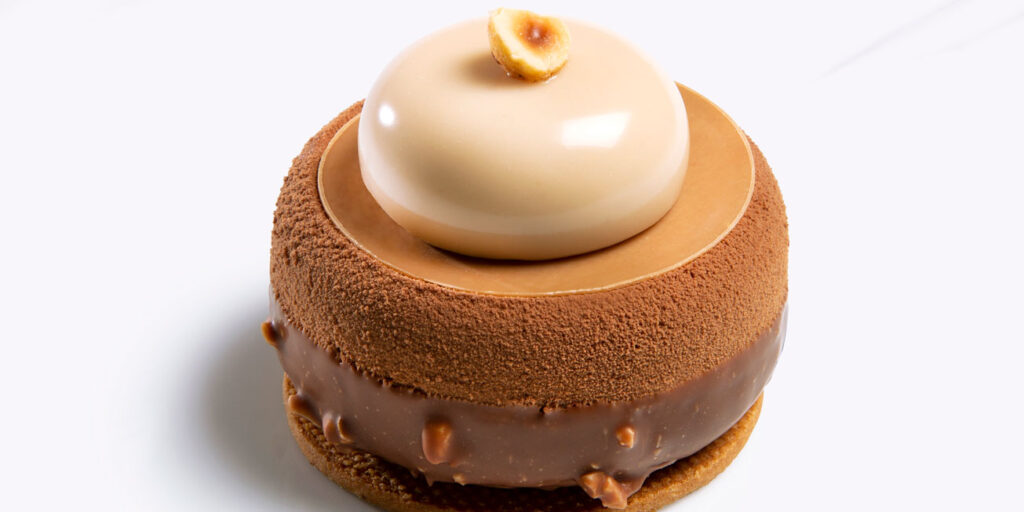
In an extraordinary technical article on vegan frozen pastry, Jordi Puigvert explains that native inulin, “cold inulin”, is the most used in artisan pastry and ice cream shops. This is because it is easy to integrate. Its fiber content level is 88-90%, lower than that of high-performance inulins or “hot inulins”, which have 96%-98%. Thus, cold inulin is easier to incorporate into meringues or fillings that do not require heating. Native inulin provides a low sweetness. Furthermore, its antifreeze power is irrelevant at doses ranging between 3%-5%. In high concentrations it can trap a lot of water and significantly slow down the freezing process.
In so cool.., he uses cold inulin to compensate for the solids that are missing in the recipes and give a little more density to the preparation, at the same time compensating for the PAC in relation to the part of total solids. Inulin is also part of the lean components of milk and cream.



